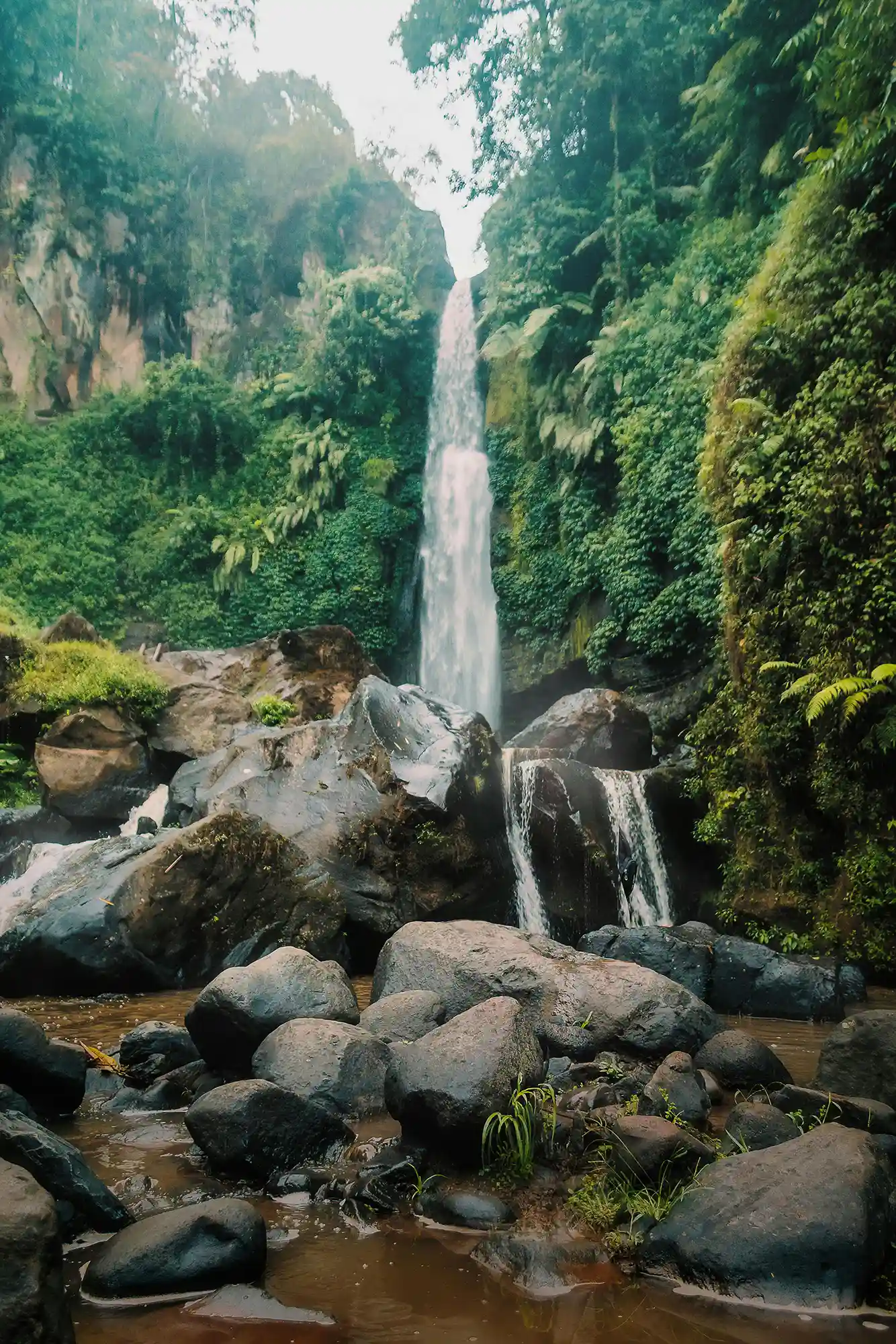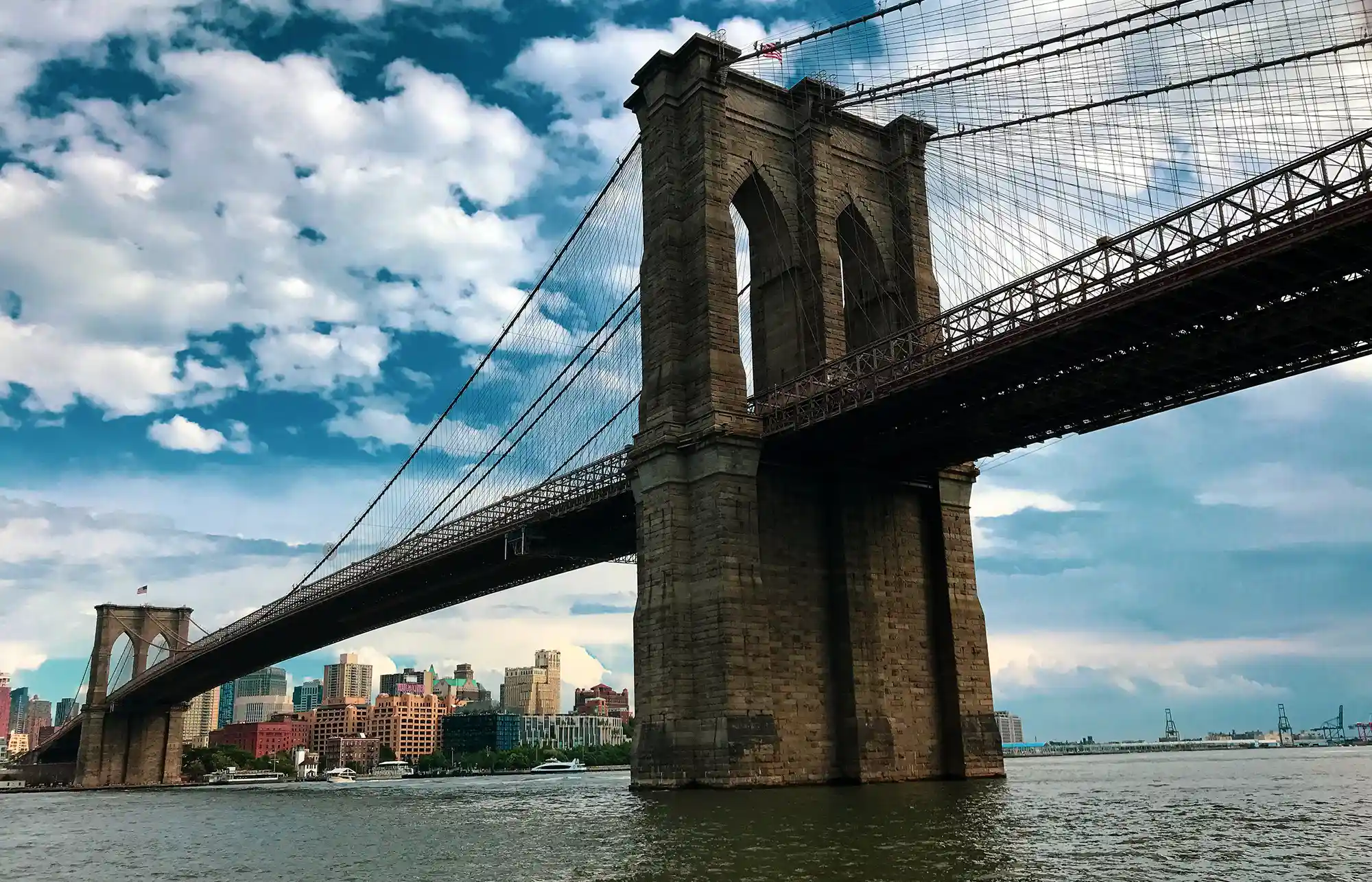Introduction: The Art of the Decisive Moment
The concept of the ‘Decisive Moment’ in photography, popularized by Henri Cartier-Bresson, refers to capturing a scene at just the right moment, where the elements of the composition come together perfectly. This guide delves into how to recognize and capture these fleeting moments, adding impact and emotional depth to your photographs.
Understanding the Decisive Moment
The Decisive Moment is about more than just quick reflexes; it’s about anticipation, observation, and understanding the rhythm of a scene. It’s capturing an action, expression, or event that is transient and yet immensely powerful.
Creative Process: Capturing the Decisive Moment
- Anticipating the Moment: Spend time observing your surroundings and anticipate potential moments that could unfold.
- Positioning and Framing: Position yourself strategically and frame your shot in anticipation of the action or event.
- Patience is Key: Be patient and ready to capture the moment. Sometimes, this means waiting for extended periods for everything to align perfectly.
Tips for Photographers
- Know Your Gear: Familiarize yourself with your camera’s settings to ensure you can react quickly when the moment arises.
- Study Your Environment: Understanding the dynamics of the environment you are shooting in can help you predict potential decisive moments.
- Practice Observational Skills: Improve your ability to observe and predict actions or events as they unfold.
- Keep the Composition in Mind: While waiting for the moment, consider the other elements of composition to ensure a balanced and impactful image.
Advanced Techniques in Capturing the Decisive Moment
- Continuous Shooting Mode: Use your camera’s continuous shooting mode to increase your chances of capturing the perfect moment.
- Layering and Depth: Add layers to your composition, which can create depth and add context when the decisive moment occurs.
- Lighting Considerations: Be mindful of how changing light conditions throughout the day can affect the mood and outcome of your decisive moment.
Practical Applications in Various Genres
- Street Photography: Capture candid moments that tell a story or convey an emotion.
- Sports Photography: Anticipate and capture peak action moments in sports or physical activities.
- Wildlife Photography: Focus on the critical interactions or behaviors in the animal world.
Conclusion: The Impact of Perfect Timing
Mastering the art of the Decisive Moment can transform your photography, turning ordinary scenes into extraordinary stories. It requires patience, observation, and a deep understanding of the fleeting nature of moments.
O Carroll, B. (2016). 28 Composition Techniques That Will Improve Your Photos.
References
O Carroll, B. (2016). 28 Composition Techniques That Will Improve Your Photos. [online] PetaPixel. Available at:
https://petapixel.com/photography-composition-techniques/
[Accessed 14 December]































